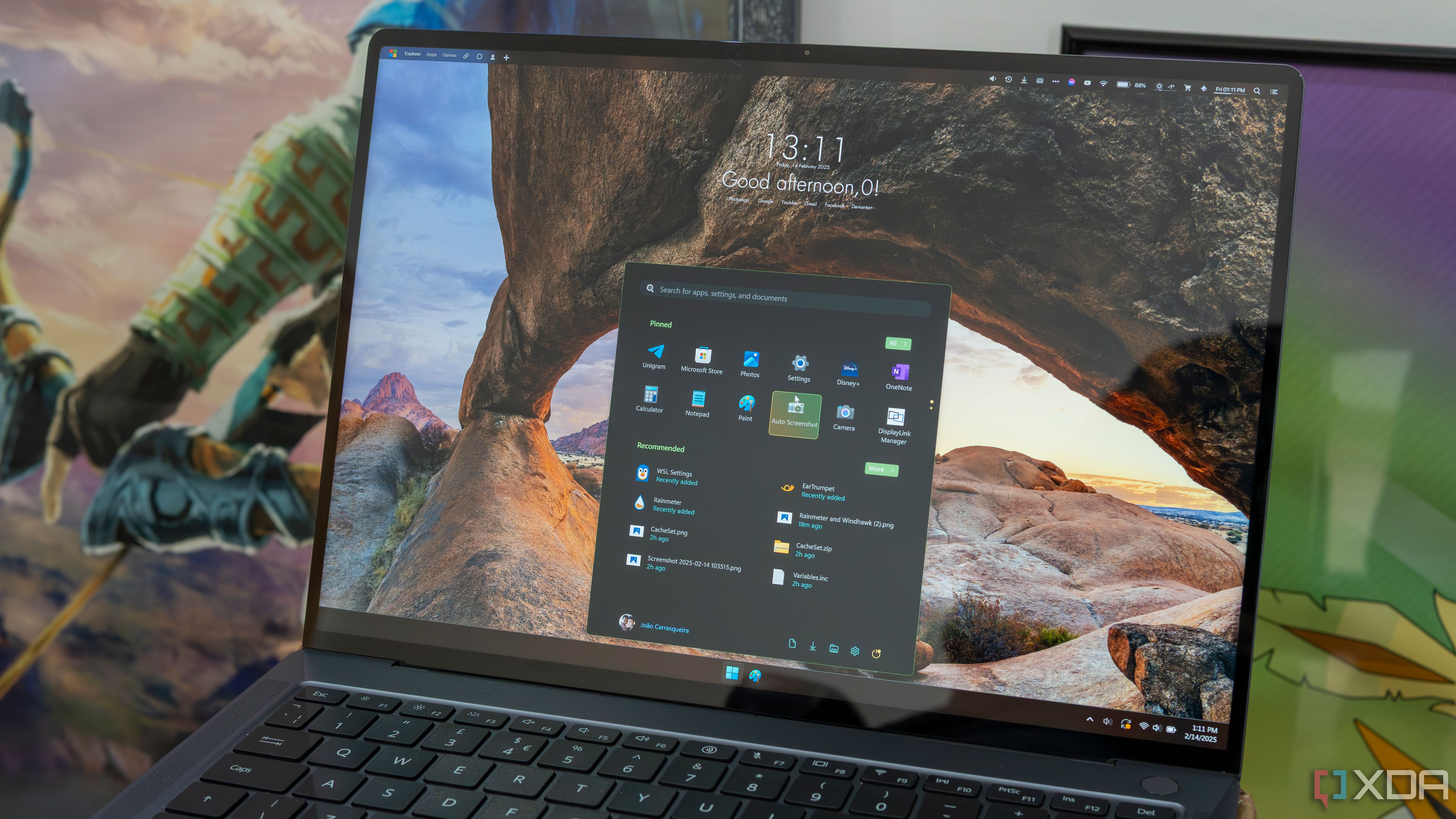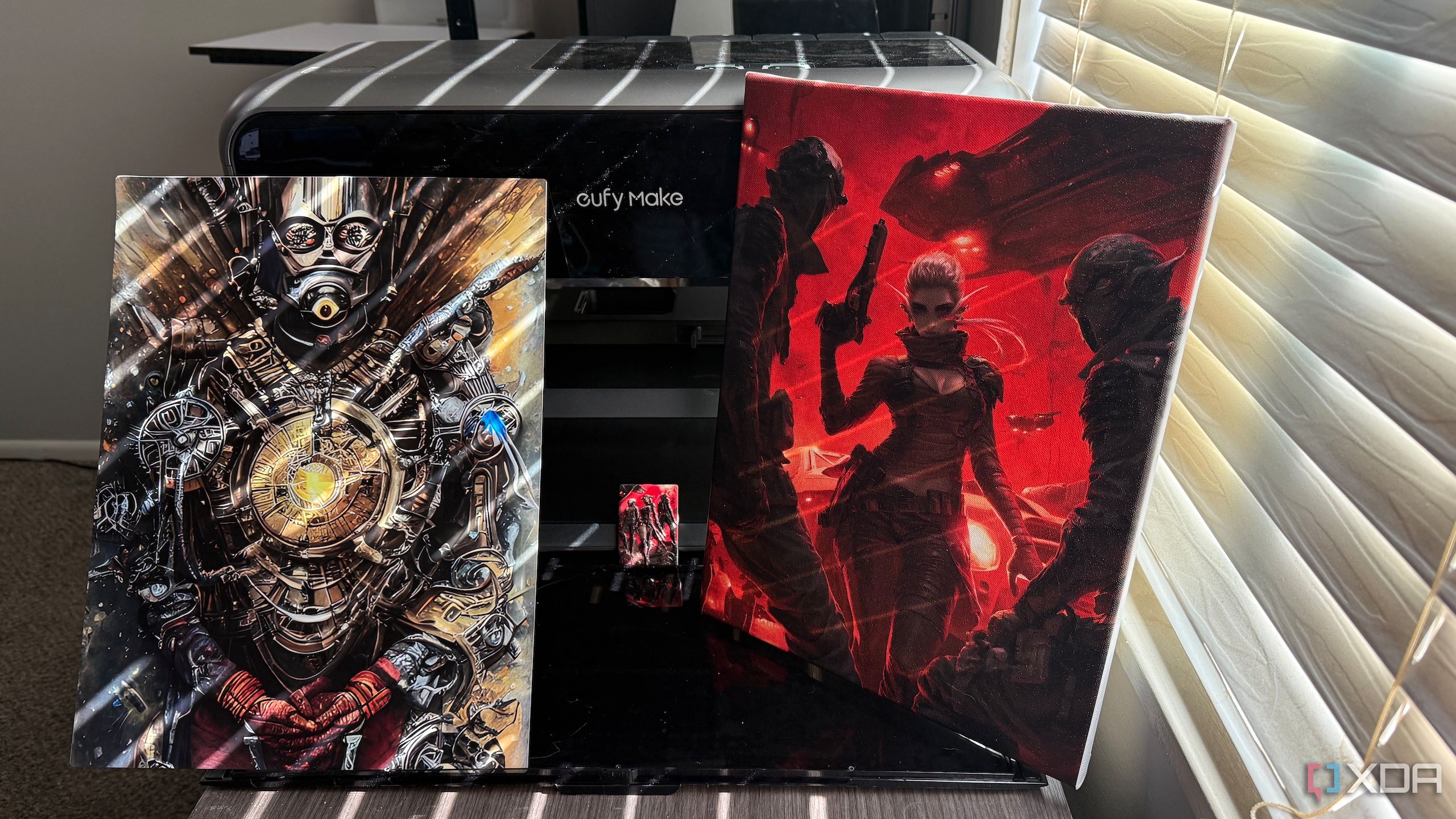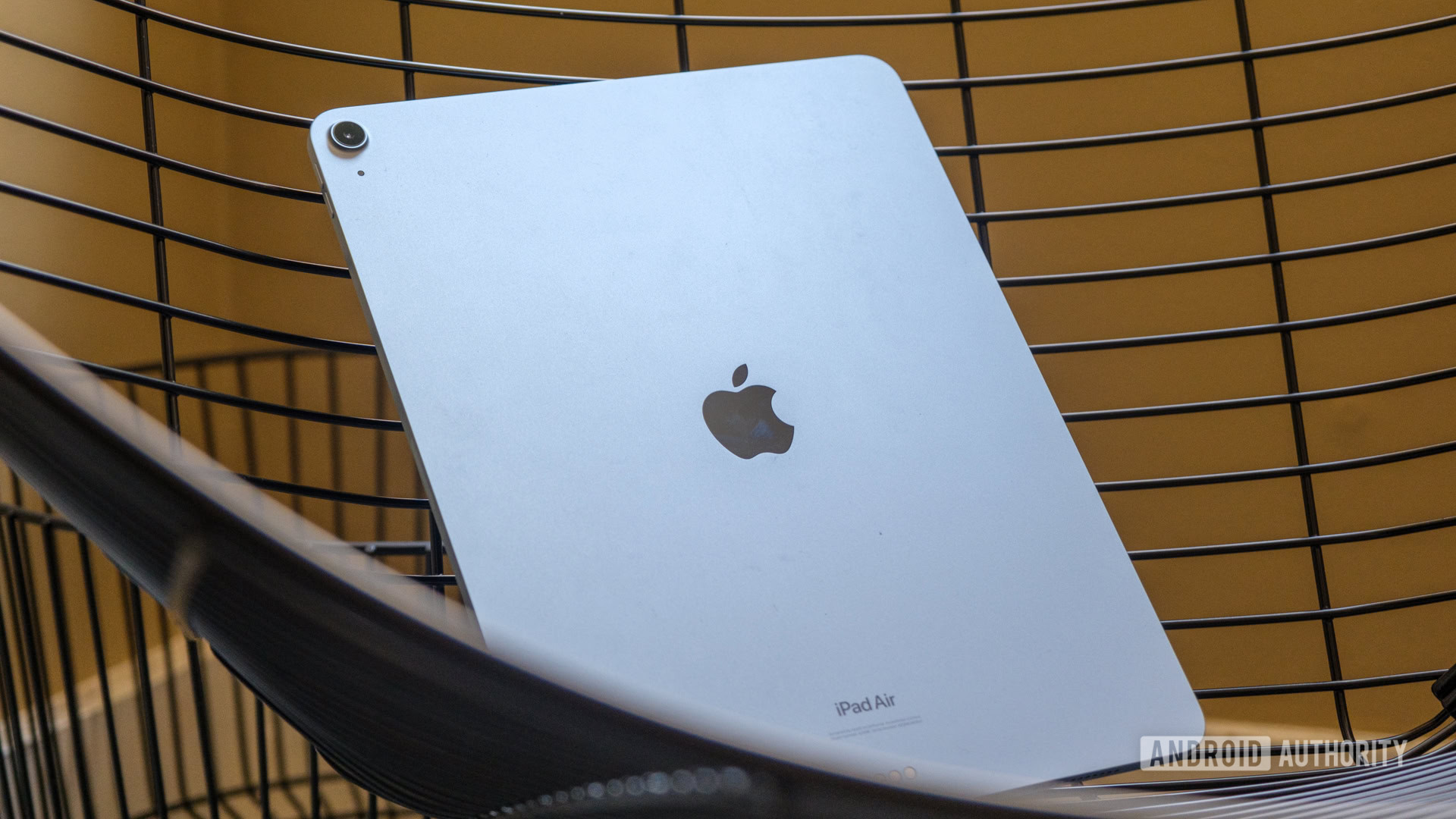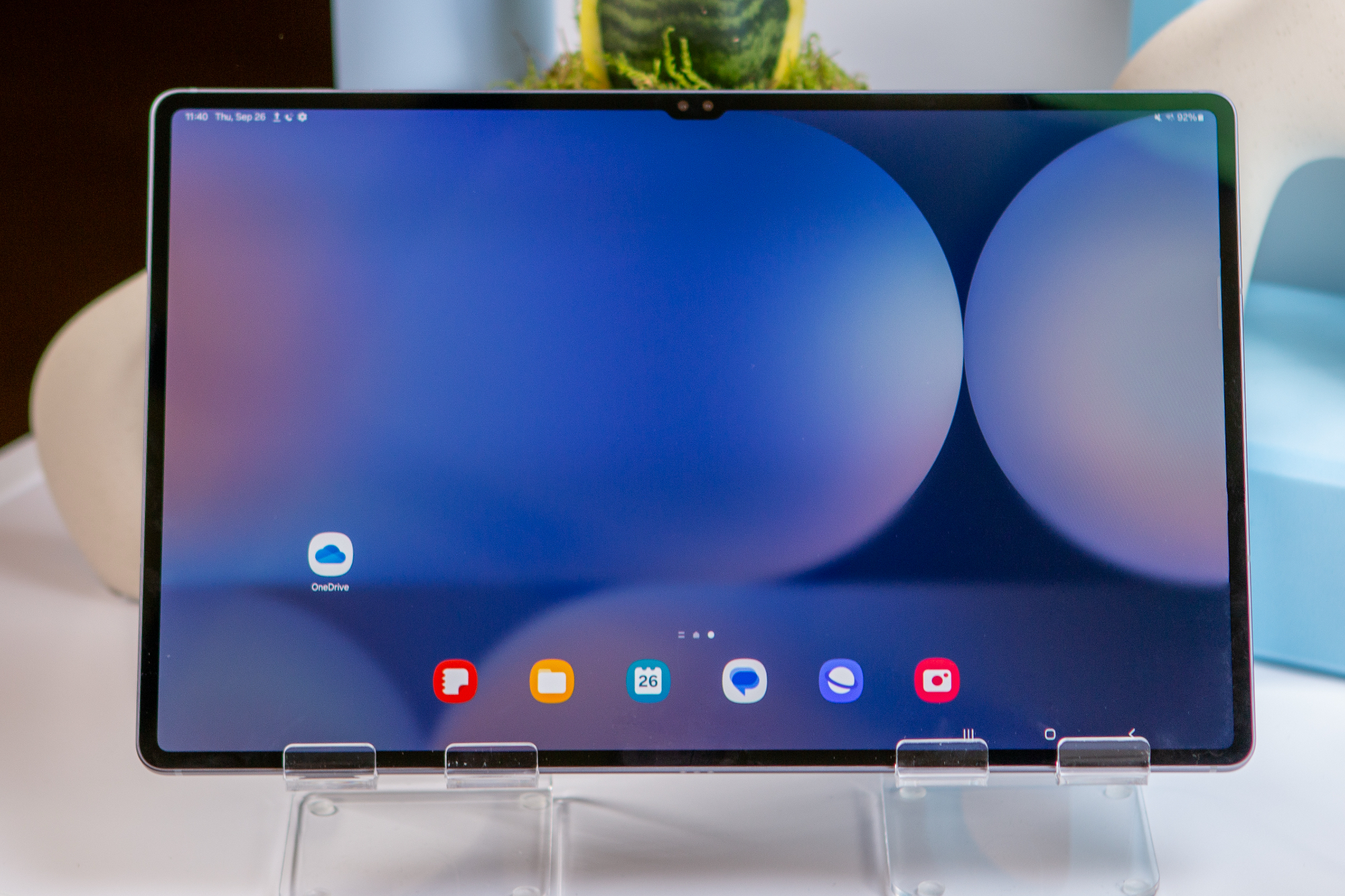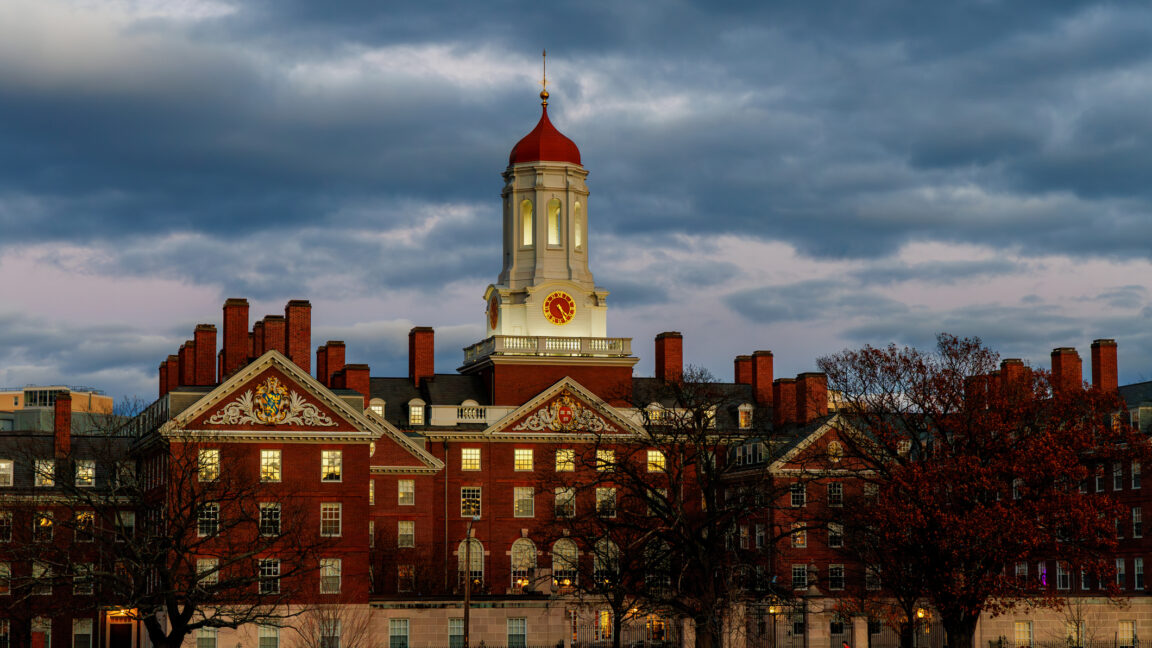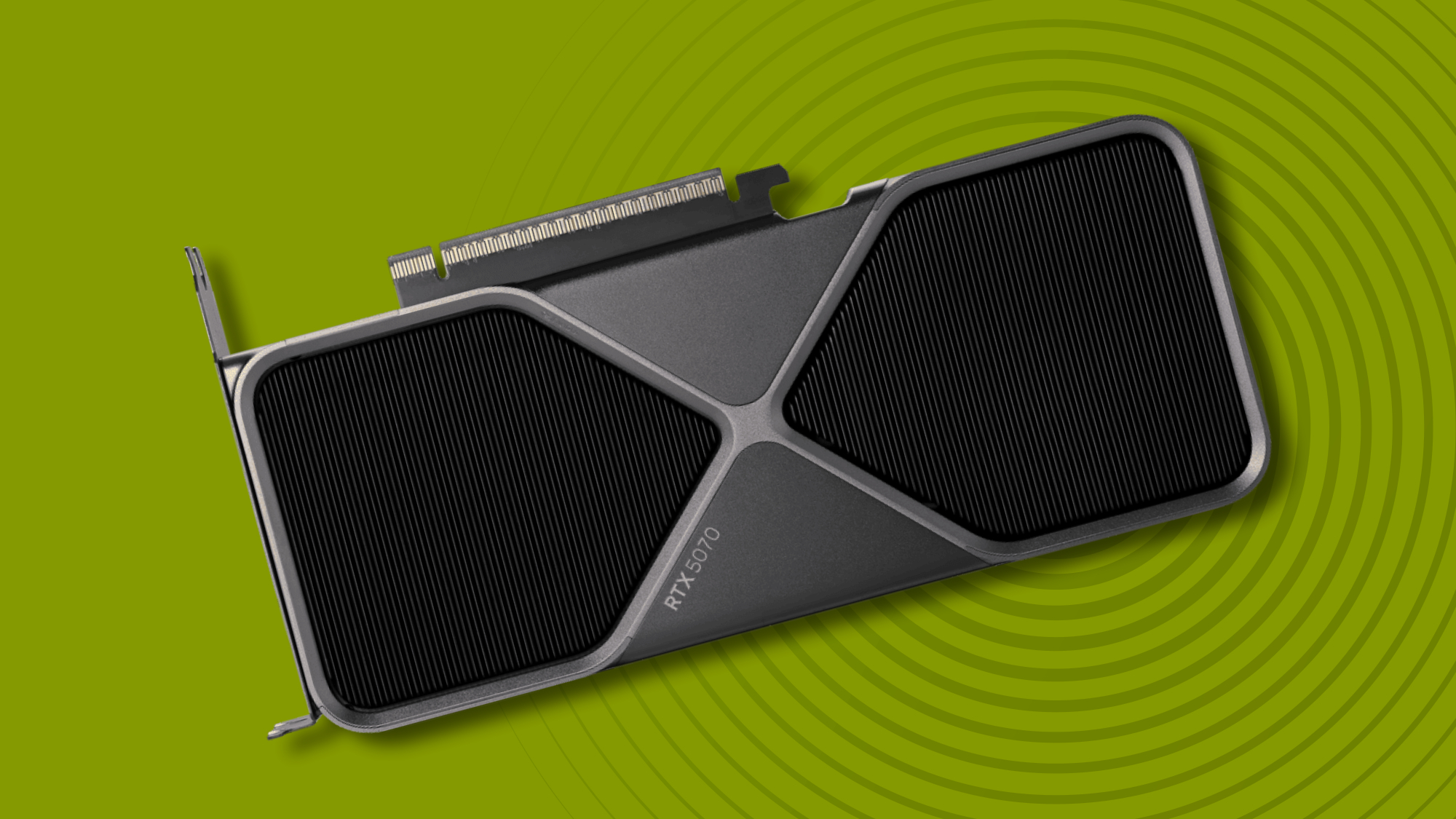Scientists process test images at Rubin Observatory in preparation for ‘First Look’
The Vera C. Rubin Observatory in Chile has begun generating test images of the night sky, thanks to the Simonyi Space Telescope and its giant camera as well as a data management team that includes scientists from the University of Washington. Team members started taking on-sky engineering data with Rubin’s LSST Camera on April 15, according to an update posted to an online forum for the Rubin Observatory research community by Keith Bechtol, a physicist at the University of Wisconsin at Madison. “The Data Management system successfully transported and processed the 3-gigapixel images at the US Data Facility within about… Read More


The Vera C. Rubin Observatory in Chile has begun generating test images of the night sky, thanks to the Simonyi Space Telescope and its giant camera as well as a data management team that includes scientists from the University of Washington.
Team members started taking on-sky engineering data with Rubin’s LSST Camera on April 15, according to an update posted to an online forum for the Rubin Observatory research community by Keith Bechtol, a physicist at the University of Wisconsin at Madison.
“The Data Management system successfully transported and processed the 3-gigapixel images at the US Data Facility within about a minute of acquisition,” Bechtol wrote. “The distributed Rubin team was jubilant, taking a few moments to celebrate the first few data acquisitions, and then quickly got back to work.”
Bechtol said 183 of the imaging system’s 189 CCD detectors were in operation for the initial image-taking test. The other six were powered off as a precautionary measure. In the months ahead, the Rubin team will continue fine-tuning the telescope, the camera and the processing systems to get ready for science operations later this year.
Rubin’s researchers don’t plan to release their engineering test images to the public anytime soon. Instead, they’re gearing up for a “First Look” event that’s expected to take place in June or July.
The origins of the Rubin Observatory (formerly known as the Large Synoptic Survey Telescope, or LSST) go back more than two decades, with Microsoft co-founder Bill Gates and software pioneer Charles Simonyi providing a multimillion-dollar boost in 2008. Since then, the National Science Foundation, the U.S. Department of Energy and private donors have kicked in hundreds of millions of dollars more.
The observatory paid tribute to Simonyi’s contribution of $20 million in “seed funding” by naming the facility’s 8.4-meter (27.6-foot-wide) telescope after his family.
The Rubin team started testing the observatory’s hardware last year with a prototype imaging system known as the Commissioning Camera, or ComCam for short. Last month, workers finished the job of replacing ComCam with the LSST Camera, which is roughly the size of a large car and is considered the world’s largest digital camera. (LSST used to be the name of the telescope, but now the acronym stands for “Legacy Survey of Space and Time,” Rubin’s 10-year sky survey.)
UW astrophysicist Zeljko Ivezic is the observatory’s director, and UW’s DiRAC Institute will play a key role in analyzing the data acquired by the observatory. We’ve reached out to representatives of the DiRAC Institute for more information about the start of engineering data acquisition, and we’ll update this report with anything we can pass along.
When the Rubin Observatory begins science operations, it’s expected to gather data that could lead to an avalanche of discoveries. Just to cite a few examples, Rubin could yield insights into the nature of dark energy and dark matter, the potential existence of a mysterious Planet X on the edge of our solar system, and the comings and goings of asteroids and interstellar objects.











